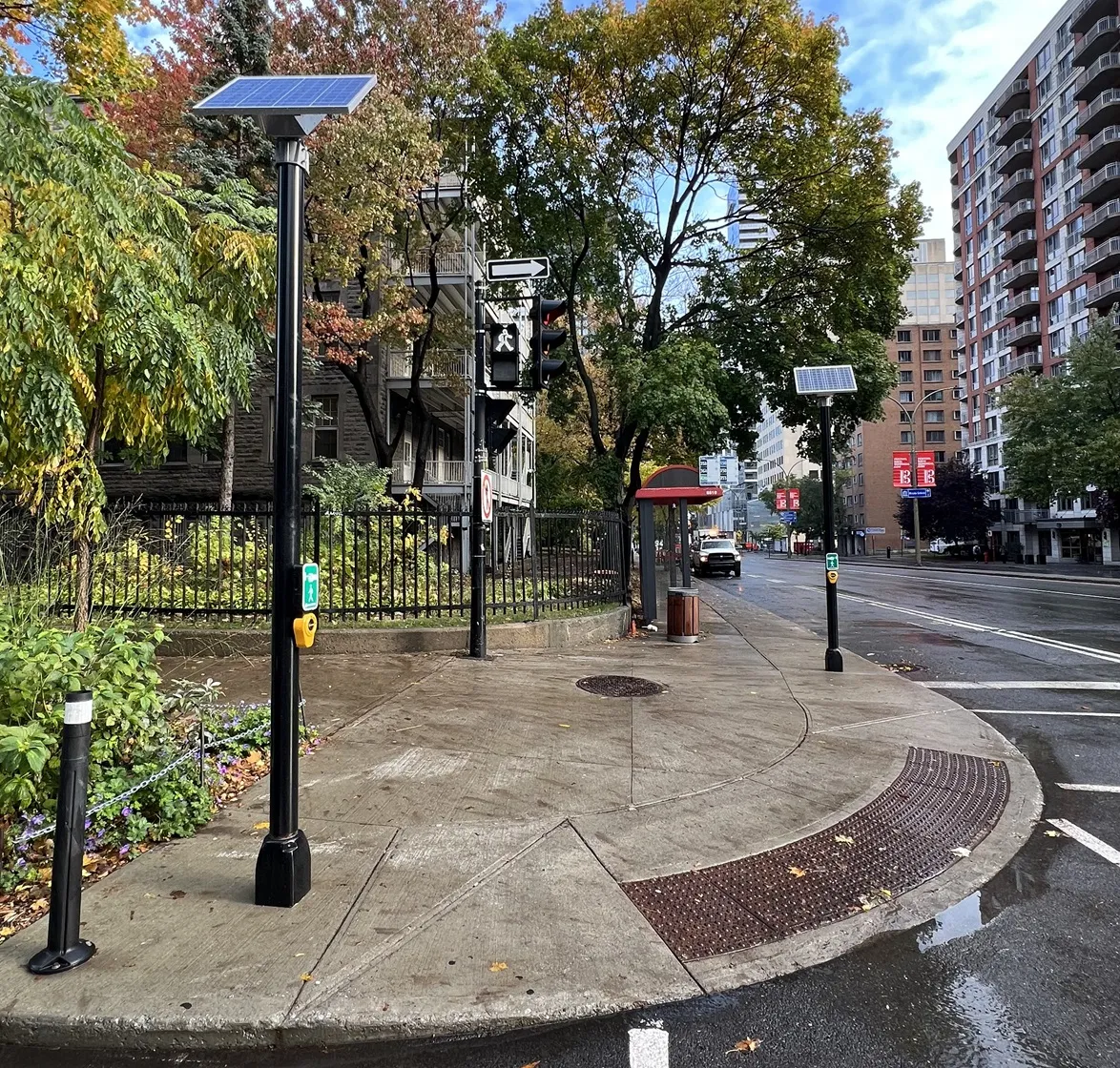Networkfleet has announced the availability of simple one-plug installation for its Networkfleet 4200 low-cost GPS vehicle tracking system. Most GPS tracking systems require wire splicing for installation in light-duty vehicles but the 4200 plugs directly into the OBD-II diagnostic port, making installation quick and easy.
February 6, 2012
Read time: 1 min
Using a light-duty harness cable and an adapter for specific vehicle types, both supplied by Networkfleet, the 4200 device can receive power directly from the OBD-II port. The vehicle adapter connects directly to the light-duty harness cable for easy plug-and-play installation.









